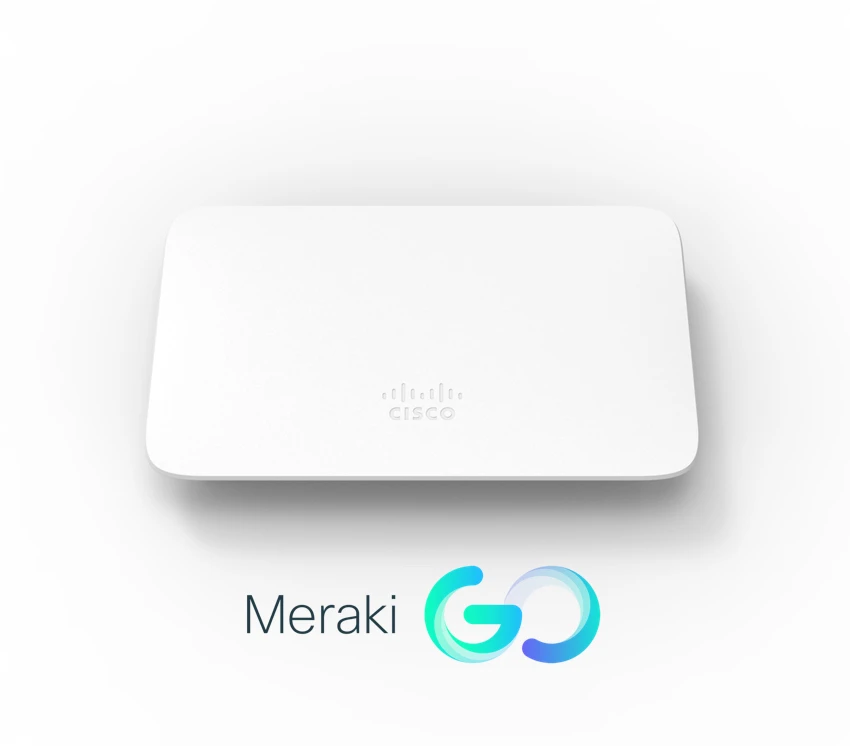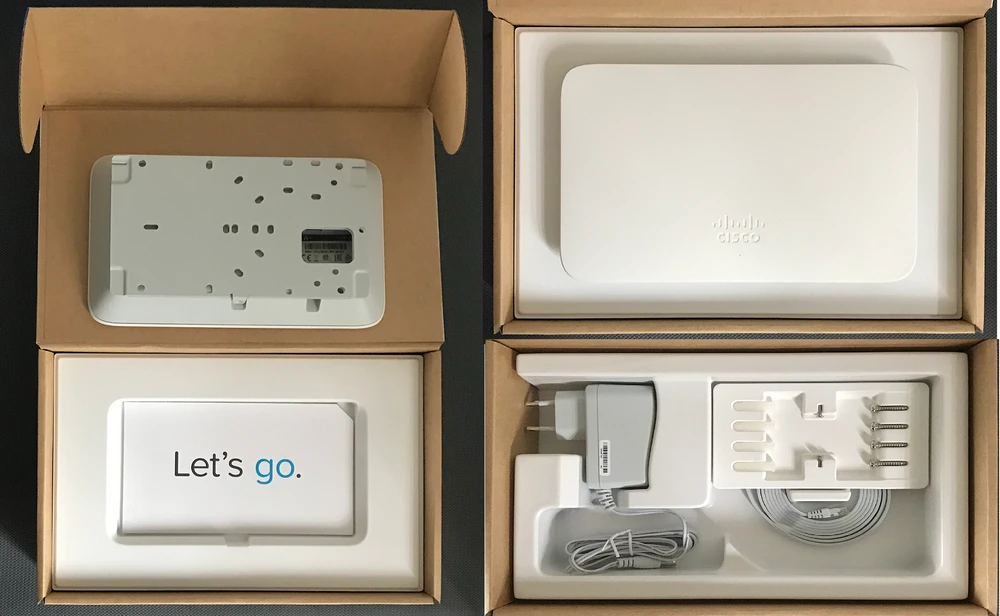You have to admit that the
Cisco Meraki Go GR10 access point is a powerful device, both in terms of the bandwidth achieved in the
Mesh topology and wireless coverage. The achieved bandwidth of over 350Mbps is enough to provide the user with very good conditions for using services such as
Netflix, Skype or Youtube in 4k.
Although at first we had "small problems" with the mesh topology, we have to admit that after the correct connection, the devices worked
very efficiently.
You could also have small objections to the noise generated outside the broadcasting channel, but there are many other
Access Points from well-known manufacturers, which also behave similarly in the air.
And there's the question of the diagnostic data being transmitted. As mentioned earlier,
Cisco Meraki Go collects very detailed data of our wireless network. Of course, everything is also transmitted to
Cisco cloud. But is it really something bad? After all, every administrator makes sure to collect as many logs, data and statistics as possible. This is necessary for later diagnosis of problems in our network. And given the class of solutions from Cisco and solutions like the
Firewall Next Generation (NGFW), it can be considered that such diagnostic data are necessary.
To sum up, one can admit that the
Cisco Meraki Go GR10 series is a very interesting solution, designed not only for advanced users. This is a huge plus, because every user, even without any IT knowledge, can handle the configuration.
 Click to enlarge!
Click to enlarge!
 Click to enlarge!
Click to enlarge!
 Click to enlarge!
Click to enlarge!
 Click to enlarge!
Click to enlarge!
 Click to enlarge!
Click to enlarge!
 Click to enlarge!
Click to enlarge!
 Click to enlarge!
Click to enlarge!
 Click to enlarge!
Click to enlarge!
 Click to enlarge!
Click to enlarge!
 Click to enlarge!
Click to enlarge!
 Click to enlarge!
Click to enlarge!
 Click to enlarge!
Click to enlarge!
 Click to enlarge!
Click to enlarge!
 Click to enlarge!
Click to enlarge!
 Click to enlarge!
Click to enlarge!
 Click to enlarge!
Click to enlarge!
 Click to enlarge!
Click to enlarge!
 Click to enlarge!
Click to enlarge!
 Click to enlarge!
Click to enlarge!
 Click to enlarge!
Click to enlarge!
 Click to enlarge!
Click to enlarge!
 Click to enlarge!
Click to enlarge!
 Click to enlarge!
Click to enlarge!
 Click to enlarge!
Click to enlarge!